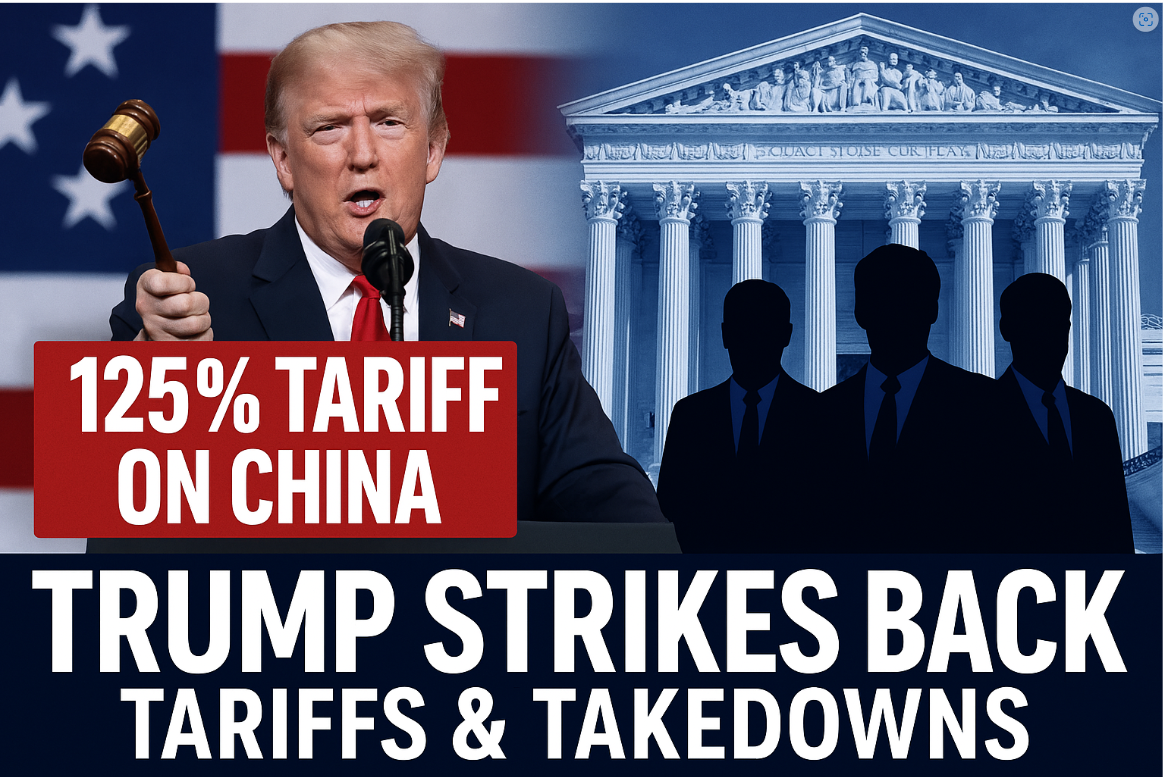In a landmark decision, the United States Supreme Court has overturned the Chevron doctrine, significantly curtailing the power of federal agencies. The ruling represents a profound shift in administrative law and regulatory practice, altering the balance of power between federal agencies and the judiciary.

Background and Significance
The Chevron doctrine, established in the 1984 case Chevron U.S.A., Inc. v. Natural Resources Defense Council, Inc., mandated that courts defer to federal agencies’ interpretations of ambiguous statutes they administer. This doctrine has long been a cornerstone of administrative law, providing agencies with considerable leeway to interpret and implement federal laws.
However, critics have argued that Chevron deference grants excessive power to unelected bureaucrats, undermining the principle of separation of powers and eroding accountability. Proponents of overturning Chevron assert that it allows agencies to act beyond their statutory authority, often resulting in regulatory overreach.
The Supreme Court’s Decision
In a decision that will reverberate throughout the legal and regulatory landscape, the Supreme Court ruled against the Environmental Protection Agency (EPA) in a case that challenged the scope of the agency’s regulatory authority.
The Court’s opinion, written by Justice Samuel Alito, stated that Chevron deference is incompatible with the Constitution’s separation of powers and that it improperly expands the authority of federal agencies at the expense of the judiciary and Congress.
Justice Alito, writing for the majority, asserted, “Chevron deference has led to an unwarranted expansion of administrative power, allowing agencies to effectively legislate without the oversight of Congress. This decision restores the proper balance of power as intended by the framers of the Constitution.”
The ruling marks a significant victory for those advocating for a more constrained federal bureaucracy and a return to judicial oversight of agency actions. It is anticipated to have far-reaching implications for the future of regulatory practices in the United States.
Implications for Federal Agencies
The immediate impact of the Supreme Court’s decision will be felt across numerous federal agencies, which will now face increased judicial scrutiny of their regulatory actions. The ruling effectively mandates that courts no longer defer to agencies’ interpretations of ambiguous statutes, requiring instead that statutory language be interpreted by the judiciary.
Critics of the Chevron doctrine, including prominent conservative legal scholars and lawmakers, have long argued that it allows agencies to operate with too much discretion, often leading to regulatory overreach and a lack of accountability. By overturning Chevron, the Court has signaled a shift towards greater judicial oversight and a more limited role for federal agencies in interpreting and implementing federal laws.
Responses and Reactions
Reactions to the Supreme Court’s decision have been mixed, reflecting the deep partisan divide over the role of federal agencies and the judiciary. Conservative lawmakers and legal experts have lauded the ruling as a necessary correction to the expansion of administrative power.
Senator Tom Cotton (R-AR) praised the decision, stating, “The Supreme Court’s ruling is a monumental step towards reining in the unchecked power of federal agencies. For too long, these agencies have operated without sufficient oversight, often imposing burdensome regulations that stifle economic growth and innovation.”
Conversely, supporters of the Chevron doctrine, including some progressive legal scholars and former agency officials, have expressed concern that the decision will hinder the ability of federal agencies to effectively implement and enforce critical regulations. They argue that without Chevron deference, agencies may struggle to navigate complex and technical statutory provisions, potentially leading to regulatory uncertainty and increased litigation.
Future of Regulatory Practice
The Supreme Court’s decision to overturn Chevron is likely to reshape the landscape of regulatory practice in the United States for years to come. Federal agencies will need to adapt to a new reality in which their interpretations of statutory provisions are subject to heightened judicial scrutiny.
Legal experts predict that the ruling will result in an increase in litigation as regulated entities and advocacy groups challenge agency actions in court. The judiciary will play a more prominent role in interpreting federal statutes, potentially leading to more consistent and predictable regulatory outcomes.
Conclusion
The Supreme Court’s decision to overturn the Chevron doctrine marks a significant shift in the balance of power between federal agencies and the judiciary. By curtailing the deference traditionally granted to agencies’ interpretations of ambiguous statutes, the Court has reasserted the importance of judicial oversight and the separation of powers.
This ruling represents a victory for those advocating for a more constrained federal bureaucracy and a return to a more traditional interpretation of the Constitution. As federal agencies adjust to this new legal landscape, the future of regulatory practice in the United States will be closely watched by policymakers, legal experts, and regulated entities alike.
